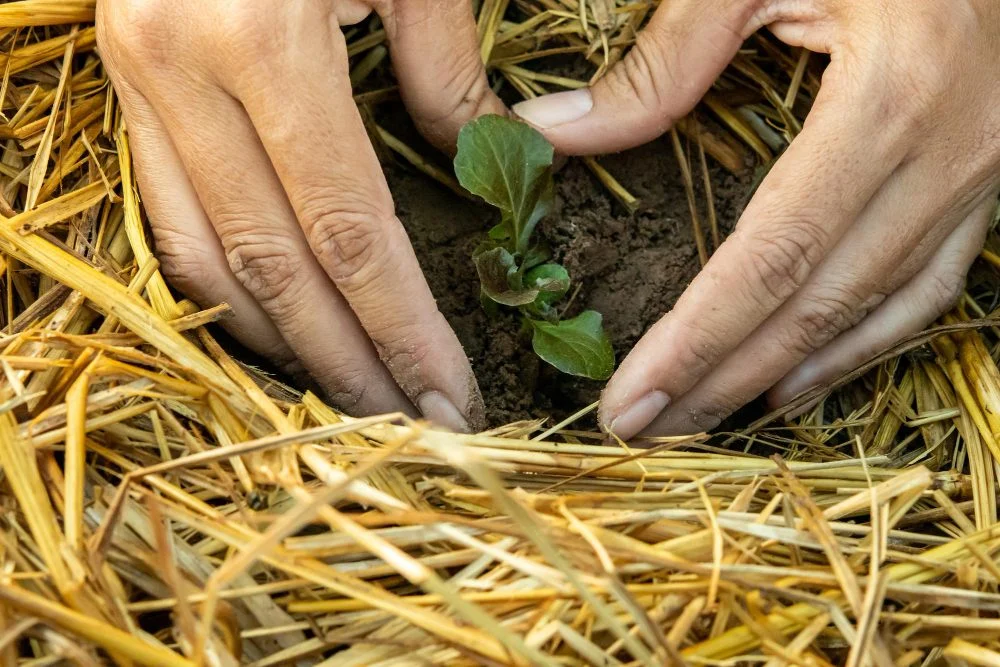Seeing flowers blooming or the ripening of fruits and vegetables is a rewarding experience. It makes me feel that I have received the price of my efforts and time. But I know there was a hidden element that has made this success possible. I am talking about healthy soil.
As gardeners, we know without healthy soils, our efforts, time, and money have no value at all in the case of getting a satisfactory yield. Given the importance of healthy soil, I try various approaches to maintain its good health condition one of them is cover crops.
If this term is new to you, this article will benefit you significantly. Here, I am about to elaborate on how cover crops help maintain healthy soils. Let’s dig up the ins and outs.
Basics About Cover Crop
By definition, the cover crop is the crop you grow for enriching the respective land’s (better to say soil) characteristics and do not harvest for consumption or decoration.
It means cover crops are plants you do not harvest as vegetables or fruit for consumption. This type of crop is also not those flowers you use to decorate the interior or make the garden look nice.
Cover crops are considered a vital component of sustainable gardening practice. There are times when you leave the whole or a portion of the garden empty; during that time, the cover crop acts like a living mulch that protects the bare soil.
However, in particular, cover crops serve the below-listed purposes.
- Improving soil health and structure.
- Preventing soil erosion.
- Providing enhanced water retention facility.
- Assisting you in controlling pests.
- Assisting you in weed suppressing.
Types of Cover Crops
There are mainly three types of cover crops that are very popular among gardeners: grasses, brassicas, and legumas. These types also have sub-categories.
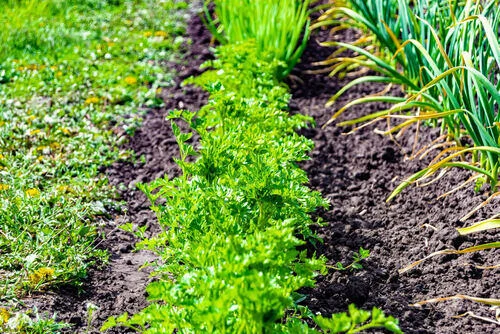
The following table details all about the sub-categories.
| Cover Crop Type | Crop Name | Details |
| Grasses | Rye | Breaks compact soil |
| Oats | Excellent winter cover crop | |
| Barley | Improve soil structure and prevent erosion | |
| Brassicas | Radishes | Break up compacted soil layers |
| Mustard | Suppress soil-borne pests and diseases | |
| Legumes | Clover | Fix nitrogen from the atmosphere |
| Vetch | Nitrogen-fixing and good winter cover crop | |
| Peas and Beans | Used in crop rotation to break pest and disease cycles |
How Cover Crops Help Maintain Soil Health
As mentioned earlier, cover crops help in various ways to maintain the soil health. The following is a comprehensive discussion of those properties.
Improved Soil Structure
Cover crops, particularly grass and rays, have extensive root systems. The roots of these plants can penetrate inside the deeper part of the soil, resulting in loosening the soil particles and enhancing aeration.
Both of these two factors act positively for the subsequent plant that you grow after removing the cover crop. The new plants’ roots receive enhanced aeration, contact with water content, and less compaction.
On top of these, the organic matter from decaying cover crops triggers strong bonds between the soil particulates, which makes the soil less vulnerable to erosion and compaction.
Soil Erosion Prevention
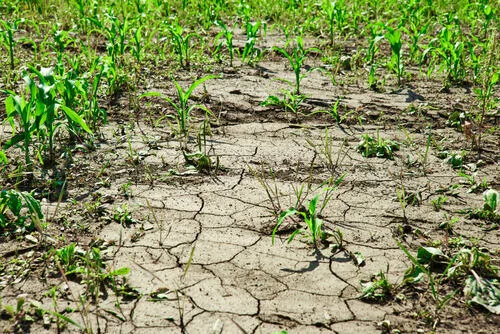
It is undeniable that cover crops act as a protective layer for the soil. This protective layer also functions during heavy rainfalls. In this case, the raindrops dislodge the soil particles by the impact force and cause washing away.
Here, the cover crop’s roots hold the soil particles strongly, resisting the impact force created by the rain droplets, and the soil particles can not get washed away.
Additionally, the rain water’s runoff over the soil surface is a crucial matter in the case of soil erosion. The cover crops’ roof holds the soil particles in place, maintaining soil integrity and zero wash-away of the topsoil.
Fixing Nitrogen Level
Leguminous cover crops are good for nitrogen-fixing. The best ones are clover, vetch, and peas. The respective bacteria transpose the atmospheric nitrogen into a certain formation that the plants can use.
Finally, the respective soil’s nitrogen level gets enriched, and you get a satisfactory level of plant growth and higher yield.
Restricting Nutrient Drain Out
Over the passage of time, rainwater, irrigation water, etc., trigger leaching out of the soil nutrients. Here, the cover crops extract the draining away nutrient contents and store them in their biomass.
The result is simple but effective, as the nutrient contents remain uncontaminated and available for the next crop cycle. As per my personal experience, the cover crops with deep roots work best in this case. I suggest cover crops like radishes to protect the nutrient content.
Adding Organic Matters to the Soil
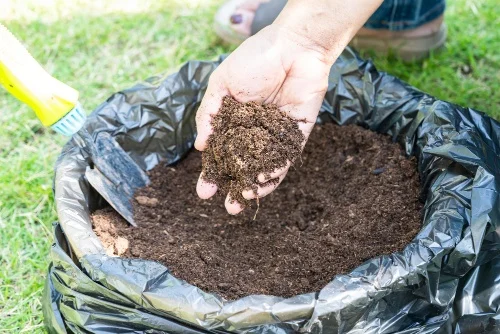
When you are ready to cast new seeds at the beginning of the farming season, you cut down the cover crop a few days early. The terminated cover crops get decomposed and improve the fertility of the soil.
Here, the decomposed cover crops become the food source for the beneficial microorganisms, indirectly enriching the soil’s fertility.
Enhancing Microbial Activities
The roots of the cover crop enhance the microbial activities of the soil. The increased activities of the associated microorganisms break down complex organic matter and trigger nutrient cycling.
The mentioned activity results in contributing to the soil ecosystem, which ensures good growth of the plants.
Contributing to Water Management
The root system of cover crops is highly complex and useful. The roots’ strength and the added organic matter enhance the soil’s ability to retain water. This water becomes useful during the dry season for the plants’ growth.

Here, the beneficial factors are the survival of the plants during drought and the need for less irrigation. Additionally, as you already know, cover crops improve the soil structure, which results in triggering a greater water infiltration rate.
Following this, the higher rate of water infiltration reduces the amount of water run off the soil. In short, cover crops facilitate better water management.
Controlling Pest
When you grow cover crops on the bare land, it triggers an alternative habitat for living things. This alternative context disrupts the life cycles of pests but positively impacts the population of beneficial insects. In this case, two things happen altogether.
First, the pests fail to survive as the alternative habitat is not favorable for them. Second, the beneficial insects feed on the harmful pests.
Controlling Weed
I have already mentioned that cover crops act like living mulch on the soil. The crops fight against the weeds in terms of consuming water, nutrient, and sunny.
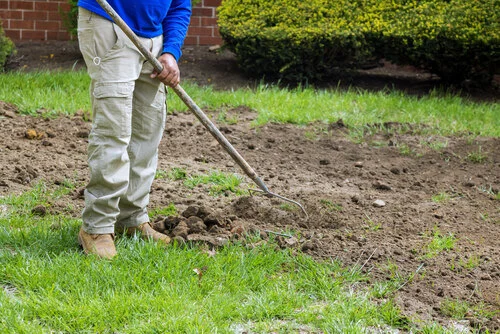
This fight helps in suppressing the weed growth and population. Again, some cover crops, like rye and mustard, release allelopathic chemicals. These chemicals restrict weed-seed germination, contributing to natural weed suppression.
Final Words
As a gardener, you cannot deny the importance of growing cover crops in your garden. I expect that my elaborations will help you realize that.
However, if you are aware of the risk of climate change and the contemporary context of environmental degradation, I suggest you go for eco-friendly gardening.
Here, cover cropping is a crucial part of eco-friendly gardening. Finally, along with all the mentioned benefits, cover crops also help to create a more sustainable and resilient agricultural system.

